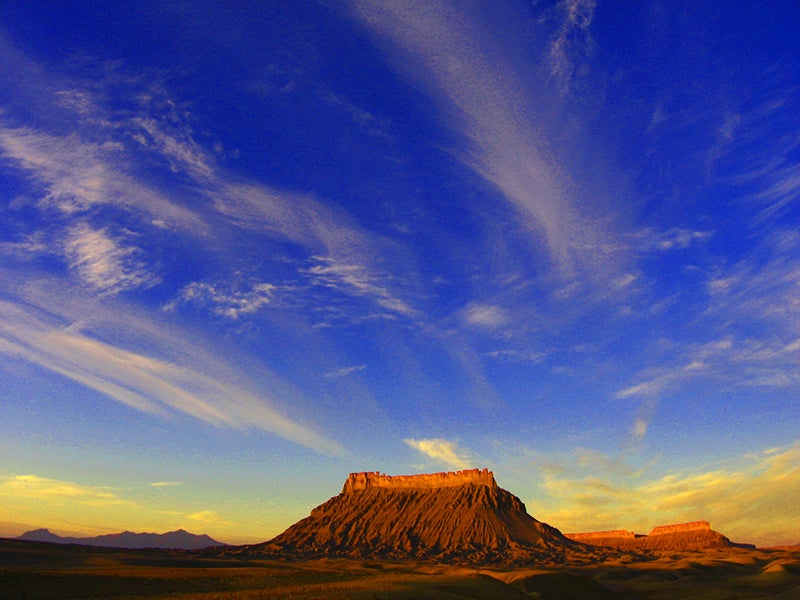Court Says BLM Must Survey Utah’s Red Rock Country for Cultural Artifacts
After decades of foot dragging, the Bureau of Land Management must finally take necessary steps to protect Utah’s world-renowned archeological sites from off-road vehicles.

This page was published 9 years ago. Find the latest on Earthjustice’s work.
For decades, the federal Bureau of Land Management (BLM) has allowed four-wheelers and dirt bikes to carve up Utah’s red rock country—creating a spider’s web of dirt trails—without first ensuring that archaeological sites and artifacts from early Native American communities are identified and protected from damage and looting. As the result of a recent order from the United States Court of Appeals for the Tenth Circuit, this is about to change. The BLM must finally take the steps required by law to identify cultural artifacts on public lands managed by the Richfield Field Office.
The Richfield office manages 2.1 million acres of red rock country in south-central Utah, largely sandwiched between Canyonlands National Park and Capitol Reef National Park. This region—renowned for its beauty and recreational opportunities—is also rich in archaeological resources and Native American history. The Henry Mountains are held sacred by the Navajo Nation because this is the area where many Navajo people hid when they were being rounded up by Kit Carson and the U.S. Army and moved from their ancestral homeland. The area also contains the remains of villages, rock art and other artifacts that provide a window into the lives of the earliest inhabitants of the Colorado Plateau, including the Ancestral Puebloans and the Fremont Culture.
In the Richfield land use plan, adopted in late 2008, the BLM gave the green light to off-road vehicles to drive on more than 4,200 miles of trails and tracks—almost enough for a round trip from Los Angeles to New York—without first surveying them to ensure that cultural artifacts would not be harmed by such use. Less than five percent of the public lands managed by the Richfield Field Office have been surveyed for cultural resources.
In May of 2015, environmentalists and historic preservation advocates secured a victory when a Utah federal district court judge ordered the BLM to conduct on-the-ground surveys to identify cultural artifacts on all roads and trails where the agency allows off-road vehicle use. Despite the BLM’s repeated attempts to avoid this legal requirement, both the federal trial court and the Tenth Circuit Court of Appeals have now confirmed that the BLM must comply. The BLM is required to complete the surveys within three years.
The legal victory against the Richfield land use plan bodes well for our success in challenging five other George W. Bush-era land use plans adopted in Utah in 2008, which suffer from the same legal flaws as the Richfield plan. These plans were roundly criticized by local and national media, including the Salt Lake Tribune and The New York Times, for prioritizing motorized use and energy development over the protection of Utah’s spectacular red rock canyon country. Yet the Obama administration continues to vigorously defend them. We urge the Obama administration to adopt a new and more balanced approach to resource management in Utah—one that includes protection of the area’s unique cultural heritage.
Earthjustice’s partners and clients in this case include the Southern Utah Wilderness Alliance, The Wilderness Society, the Sierra Club and other conservation groups. The Paiute Indian Tribe of Utah, the Indian Peaks Band of Paiute Indians, the Southern Ute Indian Tribe, and the Morning Star Institute, represented by the Native American Rights Fund, also supported our arguments in the court of appeals.
Earthjustice’s Rocky Mountain office protects the region’s iconic public lands, wildlife species, and precious water resources; defends Tribes and disparately impacted communities fighting to live in a healthy environment; and works to accelerate the region’s transition to 100% clean energy.